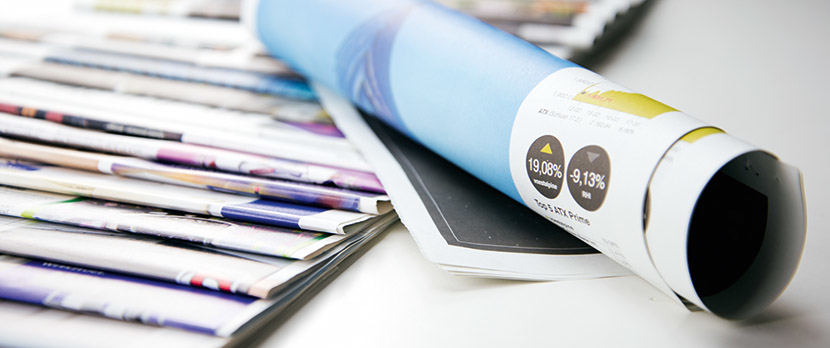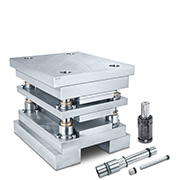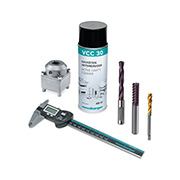Επικοινωνία
Βρισκόμαστε στη διάθεσή σας από Δευτέρα έως Παρασκευή από τις 8:00 έως τις 17:00. Πατήστε τον σύνδεσμο και θα βρείτε τους υπεύθυνους επικοινωνίας στην περιοχή σας.
Κεντρικά Wolfurt
+43 5574 6706-0
Καλάθι {{ (warenkorbCtrl.warenkorb.bestellNummer ? (' [' + warenkorbCtrl.warenkorb.bestellNummer + '] ') : '' )}} | {{warenkorbCtrl.warenkorb.items.length}} Είδος Αλλαγή καλαθιού
Παρατήρηση
| Φωτογραφία | Είδος | τεμ. | Κόστος μονάδας | Συνολικό κόστος | Συνολικό κόστος συμπεριλαμβανομένης έκπτωσης | |
|---|---|---|---|---|---|---|
|
|
{{warenkorbItem.produktgruppe.produktname}}{{warenkorbItem.bezeichnung | artikelBezFilter:warenkorbItem.attributwertEingaben:[{attrPrefix: 'L_', searchPattern: '/...', replacePrefix: '/', replaceSuffix: ''}] }} {{warenkorbItem.bezeichnung | artikelBezFilter:warenkorbItem.attributwertEingaben}}
{{attributwertEingabe.attributBezeichnung}}
|
|
||||
{{hannexItem.Benennung}}{{hannexItem.Bezeichnung}} |
|
-
Πελάτεσ
- Mould making
- Die making
- Κατασκευή μηχανημάτων και εξαρτημάτων
- Τμήμα για σχεδιαστές
- Χυτευτής με έγχύση
- προϊόντα
- Εταιρεία
- Καριέρα
- Service

Are you interested in our company and our products? Then you’re in the right place.
A comparison of different punch attachment options
21.05.2019, Die making
Meusburger's comprehensive range of standard parts offers a variety of possibilities for attaching punches - with direct CAD data export and available from stock for fast design and production. Depending on the application and conditions, cutting punches can be mounted or attached differently in the die set. This article takes a closer look at the different types of punch attachments, including the ball-lock system.
Attachment via the head geometry
With this type of attachment, the cutting punch is clamped between the wear plate and the punch retainer plate via the head. The most commonly used shapes are conical, cylindrical and bottle-neck head shapes. The choice of shapes depends on the punching and retracting forces, expected service life and space available. The most common type, the cutting punch with conical head according to DIN 9861, has the advantage of requiring little space. The cutting punch with cylindrical head according to ISO 8020 requires a little more space, but allows for easier installation and withstands greater retracting forces. This punch is also optionally available from Meusburger ready-to-use with exact head height (E 55405), which saves the effort of grinding over the head. The cutting punch with bottle-neck according to DIN 5118 or the cutting punch with 30° conical head are suitable for very high retracting forces. Even though the cutting punch with bottle-neck requires less space, it requires a complicated retainer which can be introduced using an HSS counterbore tool (WZB 318128) or a mounting sleeve (E 55301). The cutting punch with cylindrical head according to DIN 9844 has a head height of 4 mm independent of the head diameter, which can simplify installation. All variants are readily available as standard parts from Meusburger.

Image source: Meusburger, publication free of charge
File: Stempelbefestigung-Kopfgeometrie.jpg
Caption: Comparison of the different head geometries
Screwed in cutting punches
The cutting punch is screwed to the head plate via a flange or a fixing hole on the front end. For wire EDM contour punches, this fixing option allows for relatively simple production of the punch. In addition, thanks to the small space requirement, it is possible to place the cutting punches close together. It is also easy to underlay the cutting punches for height compensation after regrinding.

Image source: Meusburger, publication free of charge
File: Stempelbefestigung-verschraubt.jpg
Caption: Installation example for screwed in cutting punch
Positive locking connection via punch suspension piece
This attachment option is particularly suitable for filigree punches. Thanks to the standardised punch suspension piece, introduction of fixing threads in the punch is no longer necessary, and instead a radius contour is cut in. The bearing is floating in order to avoid unwanted forces on the punch. It is also easy to underlay the cutting punches here too. However, it must be ensured that both the punch and the retainer clip are underlaid so that the bearing of the punch is guaranteed to be floating.

Image source: Meusburger, publication free of charge
File: Stempelbefestigung-Aufhaengung.jpg
Caption: E 5665 Standardised punch suspension piece
Quick-change system or ball-lock system
The characteristic feature of the quick-change systems or the ball-lock systems is a ball seat in the shaft of the punch. This is clamped in the punch retainer plate by a spring-loaded ball. To change the cutting punch, the ball is pushed back with a set screw and the punch can be quickly and easily removed. The set screw is then turned back to the starting position and the next punch is inserted. This eliminates the need to remove the entire retainer plate. Quick-change systems are mainly used in the production area of the automotive industry. Due to the compact, triangular design, the space inside the stamping die can be optimally utilised. However, this type of punch attachment is not suitable for high stroke rates and high retracting forces. Alternatively, cutting punches according to ISO 8020 with the appropriate punch retainer plates are used here.

Image source: Meusburger, publication free of charge
File: Ball-Lock-System-Funktionsprinzip.jpg
Caption: Functional principle of the ball-lock system

Image source: Meusburger, publication free of charge
File: Ball-Lock-System-Dreieckige-Bauweise.jpg
Caption: Triangular design for optimum use of space
Author: Michael Hrach, MSc
Product Marketing Meusburger

Press contact
Should you require further information on this press release or have any questions or comments, please feel free to contact us by email.

Lia Klimmer
Head of Department Communications+43 5574 6706-1446
Εταιρεία
Meusburger Georg GmbH & Co KG
Kesselstr. 42
6960 Wolfurt | Austria
+43 5574 6706
office@meusburger.com
@ 2024 Meusburger
 © 2024 by Meusburger Georg GmbH & Co KG | All rights reserved
© 2024 by Meusburger Georg GmbH & Co KG | All rights reserved









 Česká republika [CS]
Česká republika [CS]
 Danmark [DA]
Danmark [DA]
 Deutschland [DE]
Deutschland [DE]
 España [ES]
España [ES]
 France [FR]
France [FR]
 India [EN]
India [EN]
 Italia [IT]
Italia [IT]
 Magyarország [HU]
Magyarország [HU]
 México [ES]
México [ES]
 Nederland [NL]
Nederland [NL]
 Österreich [DE]
Österreich [DE]
 Polska [PL]
Polska [PL]
 Portugal [PT]
Portugal [PT]
 România [RO]
România [RO]
 Schweiz [DE]
Schweiz [DE]
 Slovenija [SL]
Slovenija [SL]
 Srbija [SR]
Srbija [SR]
 Suomi [FI]
Suomi [FI]
 Sverige [SV]
Sverige [SV]
 Türkiye [TR]
Türkiye [TR]
 United Kingdom [EN]
United Kingdom [EN]
 USA [EN]
USA [EN]
 Ελλάδα [EL]
Ελλάδα [EL]
 България [BG]
България [BG]
 Росси́я [RU]
Росси́я [RU]
 华 [ZH]
华 [ZH]